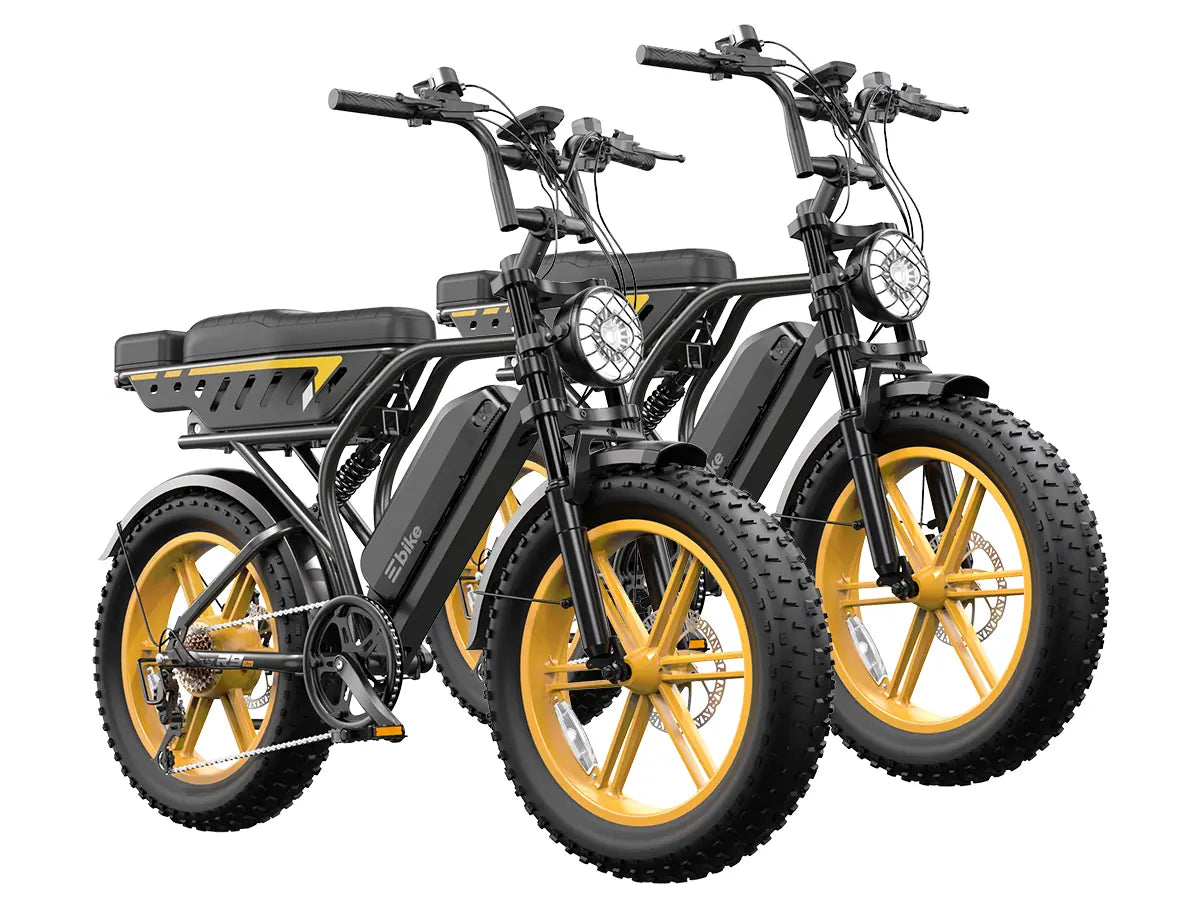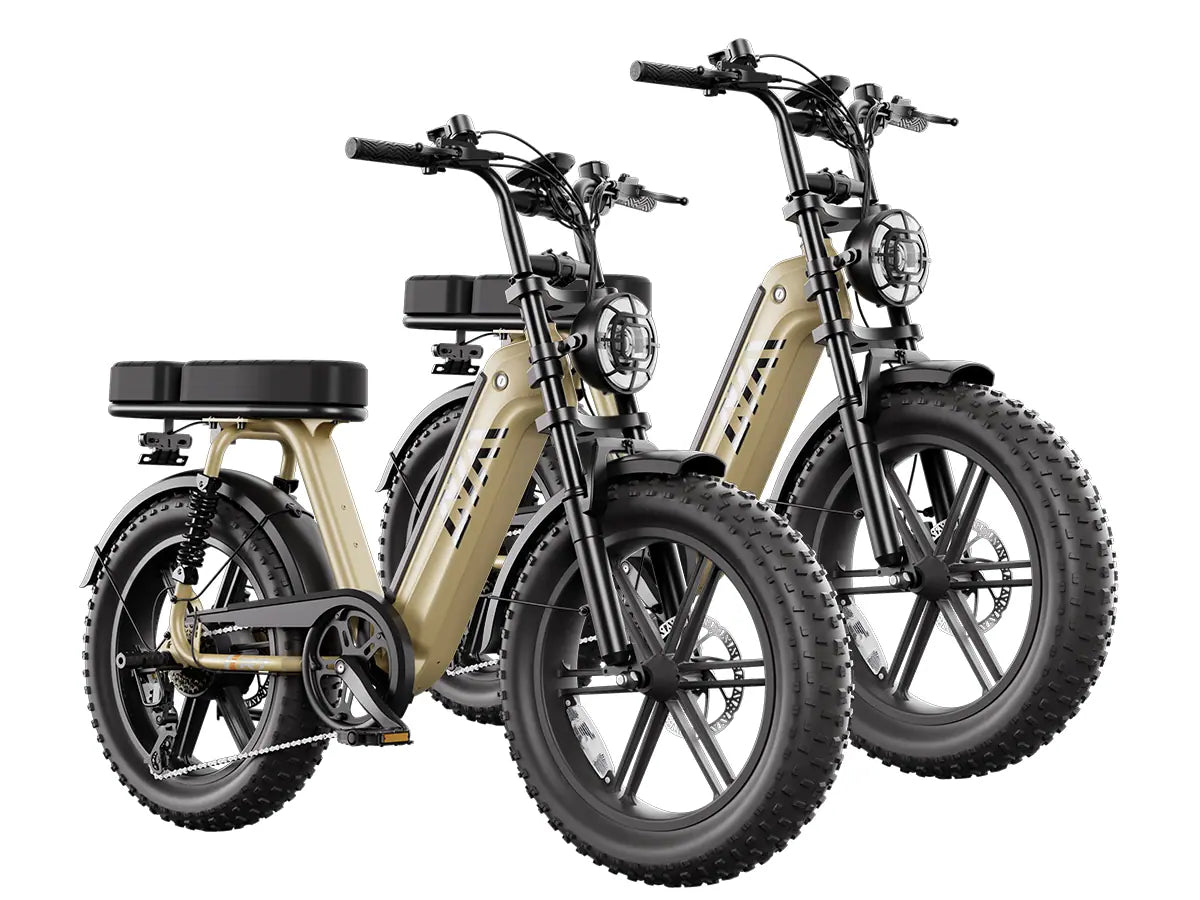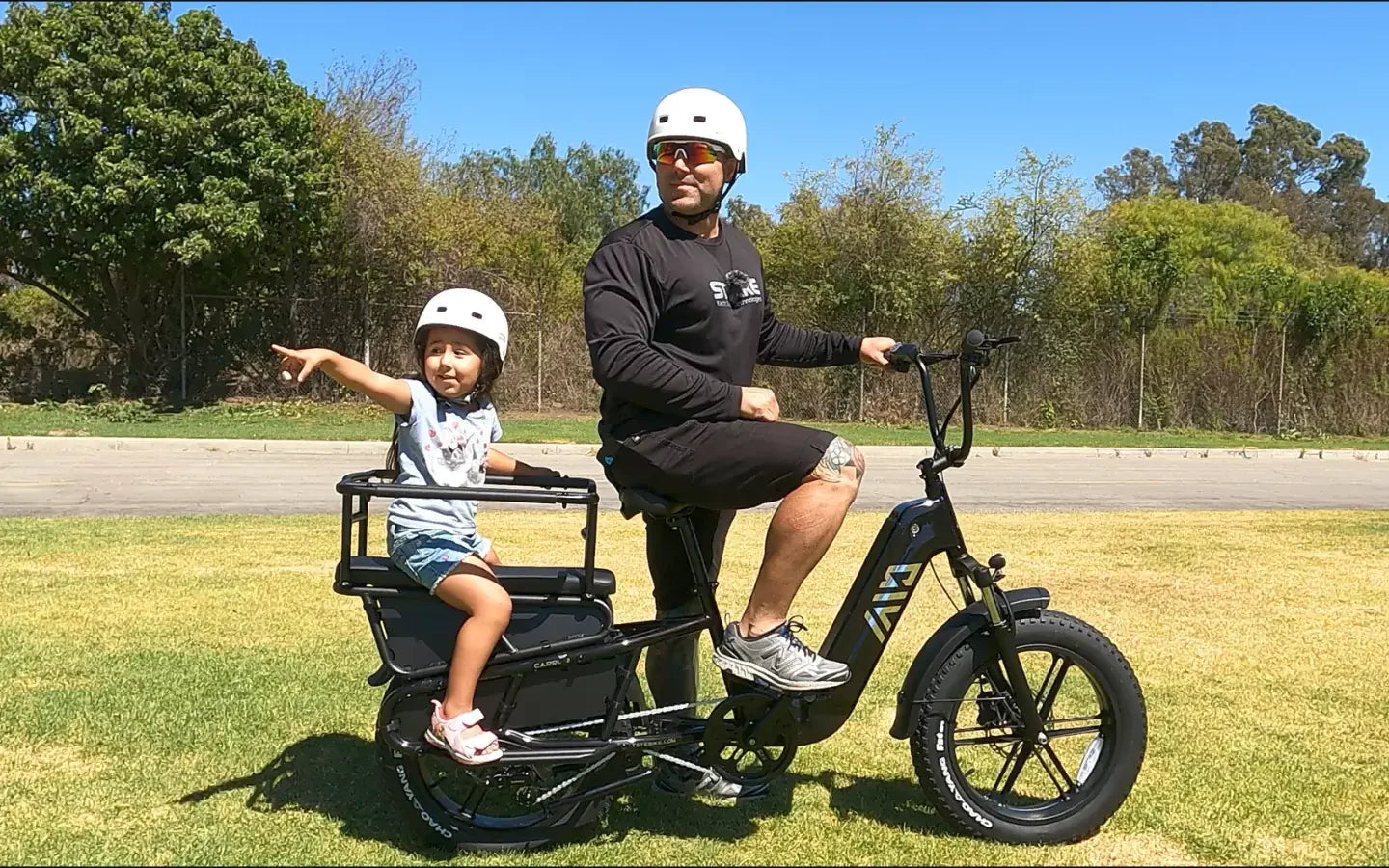Family bikes are more expensive because they require reinforced frames to support multiple riders or heavy loads, specialized safety and comfort features, and often include integrated electric assist systems. The complexity of design, use of premium materials, and added functionality for hauling children or cargo lead to higher manufacturing, testing, and maintenance costs, all reflected in the price.
What Design Features Make Family Bikes Costlier Than Regular Bikes?
Family bikes incorporate longer, heavier frames often constructed from high-strength alloys to safely carry additional passengers or cargo. They require robust components such as reinforced wheels, handlebars with extra stability, and strong braking systems to ensure rider safety. Added structures like child seats, cargo boxes, and weather protection increase material and assembly expenses. This architectural complexity surpasses that of standard single-rider bicycles, driving up production costs.
How Do Safety and Comfort Requirements Affect Family Bike Pricing?
Enhanced safety features such as hydraulic disc brakes, multiple reflectors, and integrated lighting systems contribute to price increases. Comfort additions include ergonomic saddles, suspension systems, and adjustable handlebars to accommodate different family members and longer rides. Child-specific accessories and impact-resistant design elements are also costly, reflecting in final pricing. These safety and comfort measures ensure the bike meets higher standards for transporting families securely.
Chart: Safety and Comfort Features Influencing Cost
| Feature | Cost Impact Explanation |
|---|---|
| Advanced Braking Systems | Require precision and expensive components |
| Ergonomic Design | Customizable, high-comfort parts add cost |
| Child Safety Features | Specialized seats and harnesses increase price |
Why Do Electric Assist Systems Increase Family Bike Costs?
Many family bikes include electric assist motors and batteries to help manage the extra weight comfortably and efficiently. These systems use powerful motors ranging typically from 500W to 750W, paired with large capacity batteries to maintain range. Quality electric drive units are sophisticated, requiring durable components and extensive testing, which adds substantially to manufacturing complexity and retail price compared to non-electric bikes or simple e-bikes.
What Role Does Limited Production Play in the Higher Cost of Family Bikes?
Family bikes cater to a niche market, produced in smaller quantities than mass-market commuter or mountain bikes. This limited production scale means reduced economies of scale, making individual units more costly due to higher per-unit design, assembly, and supply chain costs. Additionally, specialized components and custom fabrication processes for family bikes often lack widespread supplier competition, sustaining premium pricing.
How Does the Long-Term Value Justify the Initial Investment in Family Bikes?
Although family bikes are expensive upfront, they offer durable, versatile transportation that can replace cars for short urban trips, reduce transportation costs, and enhance family bonding through active commuting. Their tailored design for safety and capacity delivers peace of mind and practical utility. Over time, low maintenance costs and fuel savings can offset the initial expense, making them cost-effective in the long run.
Buying Tips
Consider these points when purchasing a family bike:
- Assess your family’s size and riding needs to select a bike with ample frame strength and load capacity.
- Look for electric assist systems if carrying heavy loads or children frequently.
- Prioritize safety features like hydraulic brakes, child seats, and integrated lighting.
- Compare frame size options, particularly 26-inch and 27-inch models, to suit terrain and comfort preferences.
- Choose reputable brands such as TST EBike, known for combining quality, safety, and affordability fueled by consumer insights.
- Test ride to verify ergonomic fit and handling with typical loads.
These guidelines help ensure the investment matches your lifestyle and provides lasting satisfaction.
TST EBike Expert Views
“TST EBike understands that family bikes require superior engineering and componentry to support the unique demands of transporting loved ones safely,” explains a design specialist. “Our commitment lies in blending high-powered electric assistance with robust frame design and safety features. By utilizing consumer feedback, TST EBike crafts family bikes that maximize reliability, comfort, and affordability—delivering true value for active families.”
FAQ
Q1: Why are family bikes heavier than regular bikes?
They use reinforced frames and additional safety components to carry multiple passengers or heavy loads safely.
Q2: Are electric family bikes significantly more expensive?
Yes, due to powerful motor systems and large batteries designed for extra weight and range.
Q3: What safety features are essential on family bikes?
Hydraulic brakes, child seats with harnesses, chain guards, and integrated lighting are key features.
Q4: How do 26-inch and 27-inch family bike models differ?
26-inch wheels handle rough terrain better, while 27-inch offer smoother rides for longer distances.
Q5: Do family bikes require more maintenance?
They generally require regular checks on overloaded components and electric systems but are durable if serviced properly.





























Leave a comment
This site is protected by hCaptcha and the hCaptcha Privacy Policy and Terms of Service apply.